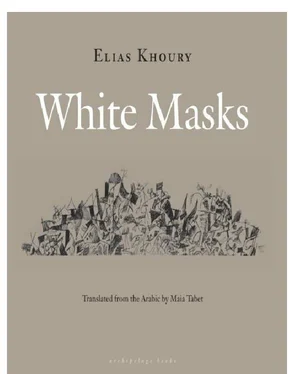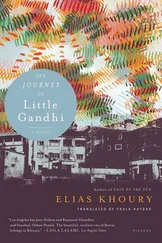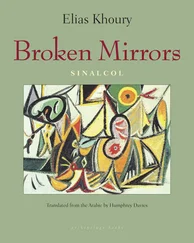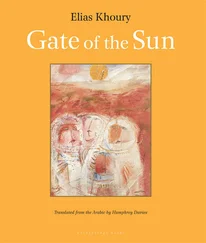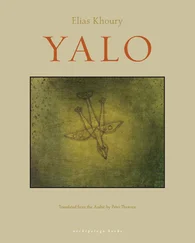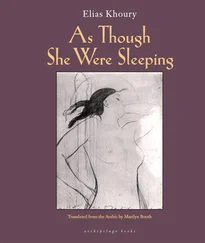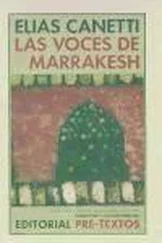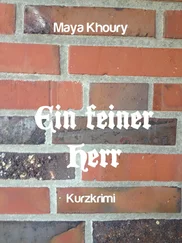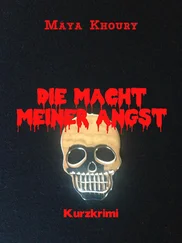The doctor drives off while the paramedics lift the corpse onto a stretcher and carry it to the ambulance. Onlookers gather to watch as the ambulance sounds its siren through the busy streets. “It’s just for show,” ventures a passerby. “Ambulances switch on their sirens even when they’re empty. There’s never anyone in there… just the drivers who’re in a hurry to get somewhere, or want to show off!”
Below is the verbatim text of the report by the forensic pathologist Dr. Marwan Bitar that appeared in the Beirut papers on the morning of April 23, 1980.
Outward appearance:
1. The principal difficulty in examining the body at the site of discovery was due to the extensive burns to the body, inflicted after decease.
2. The naked abdomen is covered in burns, while the trousers over the lower limbs are wet and torn in several places, the tears being caused possibly by large stones or by gunshots. Owing to the absence of gunpowder burns, the projectiles would have been cast from a distance of over one meter. There are clear traces of blood on the back of the neck.
3. Rigor mortis has begun to subside. It sets in within hours of decease, and starts to diminish two to three days later, with the onset of decomposition manifested by bloating from internal gases and the appearance of greenish patches on the abdomen.
Lower abdomen:
1. Bluish hematoma found on the lower left side.
2. Superficial grazing on the stomach and traces of deep cuts, presumed to be from the use of a sharp implement.
Thoracic cage:
1. No bone fractures.
2. Bruises and grazes on the left side of the waist, with narrow longitudinal lacerations, caused by a whip or cane. These must have occurred before death, as the bruising remained after the wounds were opened and cleaned.
3. Circular burn marks on the chest. These clearly occurred before decease, as they are full of pus.
4. Redness on the front of the neck, and the upper frontal third of the chest. This is known as post-mortem lividness, or liver mortis, and is due to sedimentation of the blood, which starts one hour after death and is complete within six hours.
Left hand:
1. Bone contusions and cartilage fractures.
2. Ring finger severed at the base with a sharp implement.
Head:
1. Swelling of the forehead, and jagged gunshot wound measuring seven centimeters long by four wide. No burns or traces of gunpowder around the wound. Fractures to the frontal cranium bone and deep cerebral lesions.
2. Nasal deviation, with bruising and swelling, an indication of occurrence before decease.
3. Gunshot wound on the outer right-hand side of the neck, five centimeters below the earlobe, piercing the right cheek. The wound is only skin-deep and could not have been fatal.
CHAPTER V. The Interrogation
Fahd Badreddin, 26, single; a combatant with the Joint Forces, he is also a third-year student at the Arts Faculty of the Lebanese University. He sleeps on the premises of the party office in Wata Mussaytbeh, as he has no relatives in Beirut. His only part in this story is that he once met Khalil Ahmad Jaber, for all of ten minutes. Being neither a family friend nor an acquaintance, he didn’t attend the funeral or make the traditional condolence visit to the house. Whenever we met, he spoke eloquently about the case, but he clearly had some kind of problem with his eyes. He always kept his left eye covered with the palm of his hand as he spoke, and it was obvious that he had a glass eye on the right-hand side. He is very articulate, as might be expected of a student of Arabic literature. He says that he cannot read for long, and that is why he has suspended his studies.
It was the morning of April 12. I was in the party office, making tea and listening to Western pop music on Radio Monte Carlo; I was getting myself some breakfast-a boiled egg, a few olives, a little cheese — and wasn’t particularly expecting anyone to come by or anything to happen. Everyone was gone and I hadn’t been following events very closely. We spent all our days sitting around the office waiting for our orders, and I was waiting for mine.
That’s when they walked in, with him in tow. He was soaking wet from the rain, even his scrawny little beard was dripping. They led him to the small room and I joined them. The man was shivering from head to foot, and he said absolutely nothing when they questioned him. I went over to where he sat and looked into his dilated eyes; he shivered inside the coat seemingly glued to his frail body.
I hadn’t been following the story — actually, I knew nothing about it. I’d been out of it for a while. . all I did was sit and wait in that office, and I wondered why they’d brought him in. He looked like one of those beggars the city is so full of nowadays. To me, he looked like something out of my childhood — you know, the character from the ditty we sang, “Abu Hashisheh the drunkard, who sold his wife for a tankard.” But it couldn’t be him, because his clothes weren’t all ragged like Abu Hashisheh’s, and he didn’t look like he’d been drinking.
But, boy, did he smell! That smell was the worst thing about him. When he took off his pith helmet, I saw that his white hair was black wiht grime, and the hand he smoothed it down with was no more than a claw of bony fingers. When he sat down, he just collapsed into the chair with a thud, as if there were no muscles in his legs. One of the boys offered him a cigarette, but he indicated that he didn’t smoke with his index finger pointed up.
And then they took him away — I’d left the room by then, I couldn’t stand the smell. Anyway, they took him and I never saw him again… and no one talked about it again. . not much, anyway. . but that smell, oh, the smell was so awful, like the smell that time on the mountaintop, so faraway. .
We were trudging through the snow. Our feet sank with every step and we were giddy with laughter as we could practically touch the clouds with our outstretched arms. We tried to break into a run, but couldn’t. It felt like we were holding the sky between our very fingers, as Mohammad Saleh said — he died over there in the snow, and they never did find his body. I don’t remember how the sky looked that day, but every time I see Mohammad’s picture hanging on the wall, with the word “Sanneen” scrawled across it-I feel like crying. Though even crying isn’t the same any more. . I can’t now, the tears just don’t seem to come.
I don’t know exactly what happened, but one day, there on the mountaintop, I found myself suddenly being dragged by the scruff of the neck across a huge expanse of gravel and stones — at least, that’s what it felt like. I wanted to tell them to stop, stop it now! The pain was excruciating, it felt as if my head had been severed from my neck and was rolling away. But no one heard me, as if they’d all gone deaf. There was no other sensation besides the pain and this terrible echo reverberating inside my head. . every sound multiplying endlessly inside my ears. But I couldn’t hear. I kept saying, please. .
And then, somehow, I found myself somewhere else entirely. No, not quite. . I don’t know how to describe it, when I moved my head it felt like the gravel and stones were inside it now, so I cried out, “ Ya immi — oh mother of mine, where are you?” And then I opened my eyes. . or I thought I did. But there was nothing there, everything was black. I tried to sit up. So I’m dead, I thought, this is what death must be like, I must be dead. I felt a terrible stab of grief, like something sharp was piercing my gut. I said to myself, it’s over for you, Fahd. And then I saw my mother’s face as she said “it’s all over”. . and then planes were circling overhead like locusts, white planes, blowing dust into everyone’s eyes. So I lay completely still. I was dead.
Читать дальше
